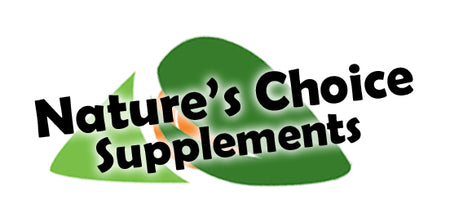Calcium pangamate, also called pangamic acid, pangamate, DMG or vitamin B15, is the given name to the natural compound described by way of d-gluconodimethylamino acetic acid. It was initially endorsed by Ernst T. Krebs, Jr. and his father, Ernst T. Krebs, Sr., as a therapeutic compound for the management of an extensive range of illnesses.
In 1938, it was isolated from the seeds of apricots and, in 1943, given a trade name of B15. It was designated as having numerous detoxifying medical purposes, including aids to the respiratory tract, skin, joints, and nerves. The early promotion in support of pangamic acid also comprised its use for racehorses.
Vitamin B15 stayed used by way of a supplement in America until it was banned in the 1970s. While many beneficial uses of this vitamin are unproven, non-U.S. countries continue using vitamin B15.
Russia uses calcium pangamate, appearing as DMG or dimethylglycine, to increase the performance of their athletes, reduce cravings for alcohol, and help decrease senility, heart disease, and autism. In fact, since the 1980s, Russian athletes used B15 to improve their oxygen utilization.
It was confirmed by studies that increased oxygen use in cells can render viruses in the cells inoperative. Thus, calcium pangamate boosts immunity by protecting the body from environmental contaminants and infections. In several European countries, calcium pangamate is used by way of slowing down aging and protection against air pollutants. Later, B15 are also used as injected vitamins for fowls, such as those used in cockfighting in Asian countries.
